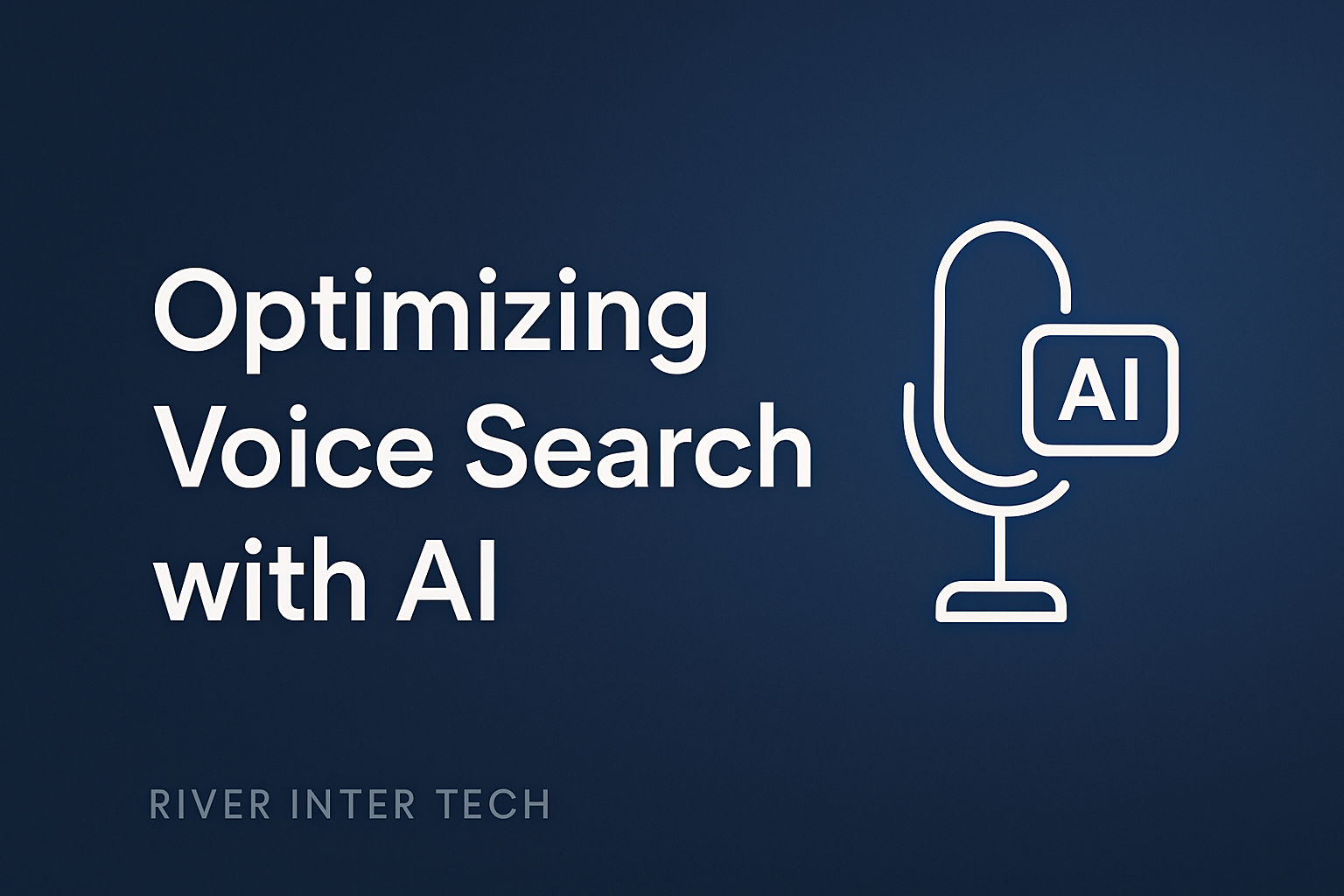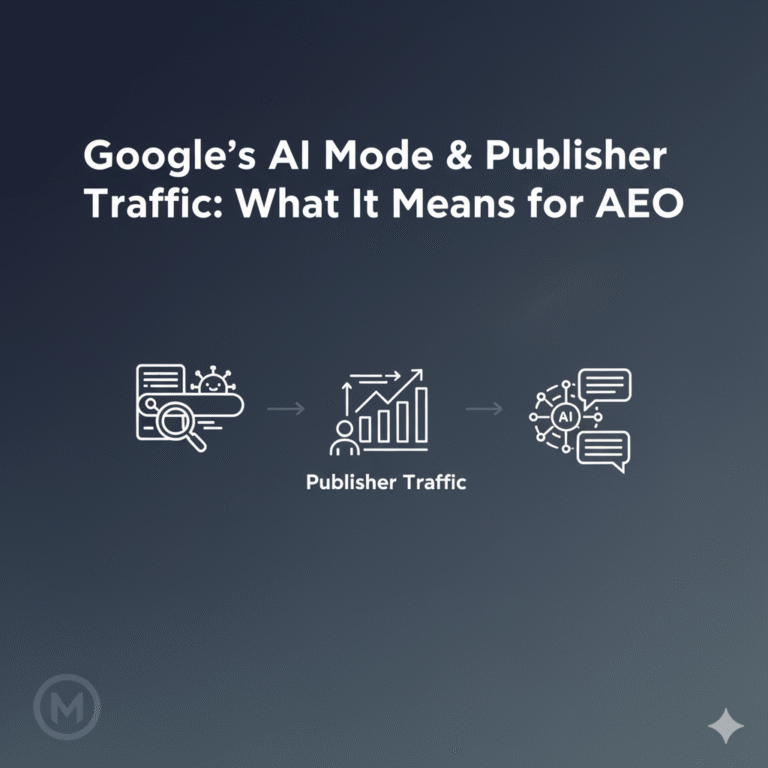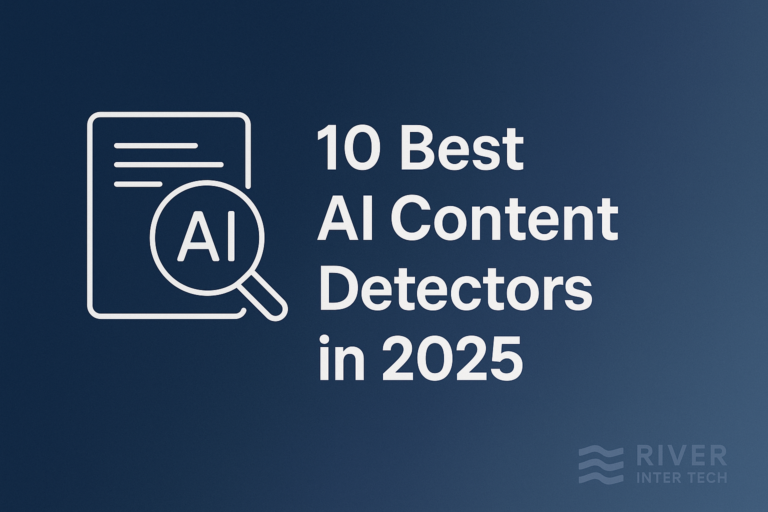2025 Guide: Rank for ‘Near Me’ Phrases with AI Voice Search
Voice search has taken over. In 2025, more than half of all online queries come through voice assistants. Smart speakers, phones, and wearable devices are now the gatekeepers to your next customer.
But here’s the truth—if your business isn’t ready to answer those spoken questions, you’re invisible. When someone says “best restaurant near me” or “open vet now,” will your business be the one their device recommends?
Voice search optimization in digital marketing is the key to making sure that answer is yes. This guide breaks down how to optimize for “near me” voice searches using AI tools and strategies.
You’ll learn how to create voice-friendly content, implement structured data, improve local SEO, and show up first when it matters most.
Why Voice Search Optimization Matters for Local Businesses
Voice search is changing local SEO. Instead of short phrases like “coffee NYC,” people now ask full questions like “Where’s the best coffee near me open right now?” These long-tail, conversational keywords dominate how users search through Siri, Google Assistant, and Alexa.
The key to ranking? Structure your website so AI-powered search engines like Google’s MUM and BERT can match your content to these voice-based queries.
Voice search optimization in digital marketing helps businesses stay competitive in these moments of high intent. Over 70% of users rely on voice to find nearby businesses.
That means optimizing your content isn’t just a smart move—it’s essential for visibility and conversions.
Step 1: Find Conversational “Near Me” Questions People Actually Ask
Start by identifying how people naturally ask for your services. Use voice search keyword tools like AnswerThePublic, AlsoAsked, and Google’s “People Also Ask.” For deeper research, try AI prompts in ChatGPT like:
Prompt:
“Give me 15 voice search queries people use to find a [business type] near me.”
These questions help guide voice search optimization for website content, so your pages match how users speak, not just type.
Use them in headers, FAQs, and meta descriptions to build topical authority.
Step 2: Add Local Keywords and Context to Every Page
Search engines use AI to understand if your business is truly local. That’s why location-based content is a must.
Go beyond just inserting city names. Add references to local landmarks, neighborhoods, events, or customer stories tied to your area. This improves voice search optimization in digital marketing by strengthening local relevance in every piece of content.
Use AI to find phrases that resonate in your community and reflect how your audience naturally searches. These signals help search engines rank your business higher for localized queries.
Step 3: Format Your Site for Voice Assistants
Voice assistants pull results from pages with short, clear answers. They love concise, human-friendly content that sounds like how someone would speak.
Use ChatGPT or another AI writing tool to reformat content for voice devices:
Prompt:
“Rewrite this paragraph to sound like it’s being read by a voice assistant—natural tone, under 40 words.”
This strategy improves voice search optimization for website pages and boosts your chance of getting selected for featured snippets and voice answers.
Step 4: Implement Schema Markup for Voice Search SEO
Structured data helps search engines “see” what your business is about. It increases the odds your content will appear in local packs, voice results, and featured snippets. Add schema to list your:
- Business name
- Address and phone number
- Hours of operation
- Product or service types
- Customer reviews
For voice search optimization in digital marketing, schema is a foundational element. It tells AI exactly what to show and when, making your business easier to find in voice-powered results.
Step 5: Improve Mobile Performance and Page Speed
Most voice searches happen on mobile. A slow site ruins your ranking.
Use Google PageSpeed Insights to get your performance score, then ask:
Prompt:
“Based on this report, what steps should I take to improve my mobile speed below 2.5 seconds?”
Fast load times and mobile responsiveness are critical elements of voice search optimization for website performance.
Don’t just chase rankings—optimize for real user behavior.
Step 6: Build Trust Through Reviews and Reputation Signals
Voice assistants rank businesses that look trustworthy. That means having up-to-date reviews on Google, Yelp, and Facebook.
Ask ChatGPT:
Prompt:
“Write a review request message I can send to customers after a service that sounds friendly and not pushy.”
For voice search optimization in digital marketing, frequent reviews signal credibility to AI algorithms.
Responding to those reviews shows engagement and builds trust both for users and search engines.
Step 7: Aim for Featured Snippets (Position Zero)
Voice assistants often read answers from “position zero”—the featured snippet at the top of Google. To land there, give clear, structured answers to common questions.
Use AI to format your content properly:
Prompt:
“Turn this section into a voice-optimized featured snippet using list format or a summary under 50 words.”
This approach is especially powerful for voice search optimization for website landing pages and help center articles.
Step 8: Track Voice Search Metrics and Update Regularly
Optimization is never set-it-and-forget-it. Use tools like Google Search Console and Google Business Profile Insights to see what queries bring users to your site.
This feedback loop is what makes voice search optimization in digital marketing dynamic and scalable.
Update your content as trends shift, and voice technology evolves.
Local Voice Search Optimization Tips (Quick Checklist)
Start with these essentials to reinforce your voice search optimization for website success:
- Use long-tail, conversational keywords that mirror how people talk
- Make your business info consistent across all platforms
- Include structured data for services, reviews, and hours
- Optimize your site speed for mobile-first indexing
- Apply schema and update voice-specific FAQs regularly
Industry-Specific Voice Search SEO Tips
Restaurants
Use questions like “Where can I get Thai food near me now?” and optimize your menu schema.
Healthcare
Include answers like “What urgent care is open near me on Sunday?” with doctor availability schema.
Ecommerce & Retail
Add schema for product availability and local pickup to support “in stock near me” searches.
Services
Use questions like “Who offers emergency plumbing near me?” with address and operating hours structured clearly.
All these tactics tie directly into voice search optimization in digital marketing by adapting to industry-specific needs and search behavior.
Stay Ahead with Voice Search and AI
Voice search optimization for website visibility is no longer optional. It’s essential if you want to rank for “near me” phrases and connect with today’s mobile-first, voice-reliant audience.
AI tools help you write smarter content, optimize faster, and rank higher where it counts.
Start small. Add structured data. Refresh your FAQs. Speed up your pages.
These incremental actions drive major improvements over time. In 2025, the businesses that speak the language of their customers and their assistants win.
Voice search optimization in digital marketing is the difference between showing up in the results—or being left behind.







